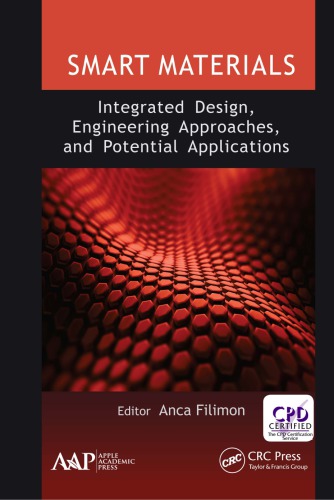

Most ebook files are in PDF format, so you can easily read them using various software such as Foxit Reader or directly on the Google Chrome browser.
Some ebook files are released by publishers in other formats such as .awz, .mobi, .epub, .fb2, etc. You may need to install specific software to read these formats on mobile/PC, such as Calibre.
Please read the tutorial at this link: https://ebookbell.com/faq
We offer FREE conversion to the popular formats you request; however, this may take some time. Therefore, right after payment, please email us, and we will try to provide the service as quickly as possible.
For some exceptional file formats or broken links (if any), please refrain from opening any disputes. Instead, email us first, and we will try to assist within a maximum of 6 hours.
EbookBell Team

4.8
24 reviewsPolymer-based smart materials have become attractive in recent years due to the fact that polymers are flexible and provide many advantages compared to inorganic smart materials: they are low cost, they are easy to process, and they exhibit good performance at nano- and microscale levels.
This volume focuses on a different class of polymers that are used as smart materials in the areas of biotechnology, medicine, and engineering. The volume aims to answer these questions: How do we distinguish ‘smart materials’? and How do they work? The chapters lay the groundwork for assimilation and exploitation of this technological advancement. Four of the key aspects of the approach that the authors have developed throughout this book are highlighted, namely the multidisciplinary exchange of knowledge, exploration of the relationships between multiple scales and their different behaviors, understanding that material properties are dictated at the smallest scale, and, therefore, the recognition that macroscale behavior can be controlled by nanoscale design.